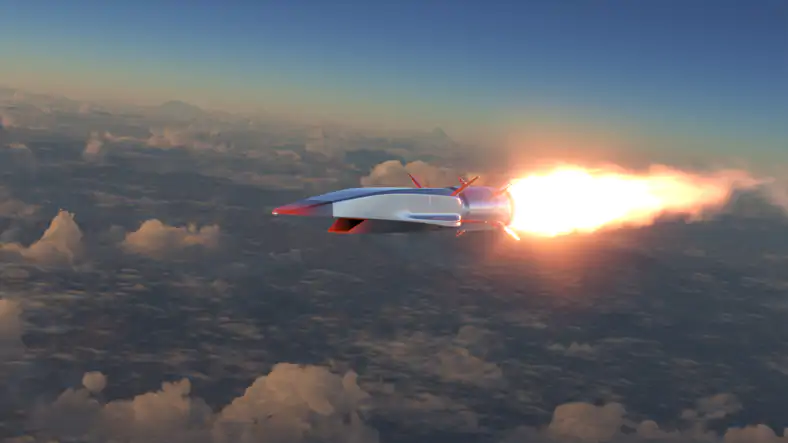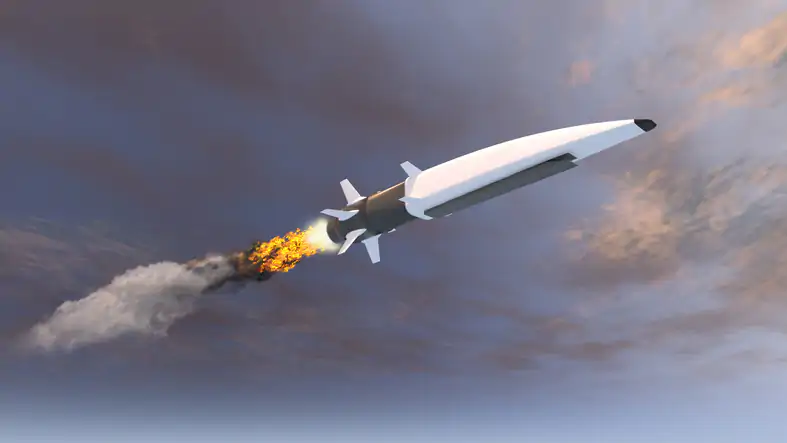A hypersonic cruise missile co-created by Raytheon Technologies has passed its second flight test in a row. This is an important step in the U.S. Department of Defense's plan to use weapons that can travel faster than five times the speed of sound.
In July 2022, a Hypersonic Air-breathing Weapon Concept (HAWC) was put to the test. It has been slightly improved after a successful test in September 2021. The most recent test, in which it was dropped from an airplane and shot past Mach 5, went just as the company's data models predicted.
Raytheon's Wes Kremer, president of Raytheon Missiles & Defense, a Raytheon Technologies division, said, "advancing our nation's hypersonic capabilities is a critical national imperative, and this was an important step forward." Having consecutively successful flight tests increases our faith in the technological sophistication of our HAWC operational prototype."
The U.S. Defense Advanced Research Projects Agency (DARPA) and the U.S. Air Force collaborated on the HAWC program.
The HAWC missile uses the oxygen in its environment to propel itself. The scramjet's combustion chamber and a section of the flow channel were designed by Northrop Grumman.
The system shows how Raytheon Technologies is working with other companies to improve hypersonic technology by combining cutting-edge breakthroughs in thermal management, propulsion, and sensing with tried-and-true technology.
Because of how fast and mobile they are, hypersonic weapons require new ways of thinking about how to make them work. The company built and tested the system quickly by using both ground testing and digital engineering, especially modeling and simulation.
Digital engineering, according to Kremer, "helps us find new materials, manufacturing processes, and aerodynamic shapes that can withstand extreme conditions while delivering required performance."
"It's a critical contribution to our flight test success," he added.

Alexyz3d/iStock
The most recent test comes after the first-ever flight test of a HAWC missile, conducted by the Raytheon Technologies/Northrop Grumman team in 2021. But many experiments have been conducted in the digital sphere, collecting useful information that is now used to predict performance in the real world.
As the weapon concept develops, these digital simulations, which are based on actual flight data, are being used to precisely forecast and boost performance.
Industry-wide improvements in model accuracy increase confidence in the existence of a correlation.
According to Kremer, the most cutting-edge threat scenarios are challenging to replicate in the real world, and hypersonic flight is no exception. However, we are capable of simulating a hypersonic flying regime.
In digital settings, engineers can make changes more quickly and for less money than when they design and fly real gear.

estt/iStock
"Advances in artificial intelligence, machine learning and big data allow us to develop capabilities at scale in a way that wasn't possible before," Kremer said. "That's the power of digital engineering," he added.
With the help of digital engineering and new ways of working together, Raytheon Technologies is able to quickly move improved hypersonic capabilities from test facilities to operational settings.
After the most recent tests, the companies are on track to give the US Department of Defense a prototype system that works.




